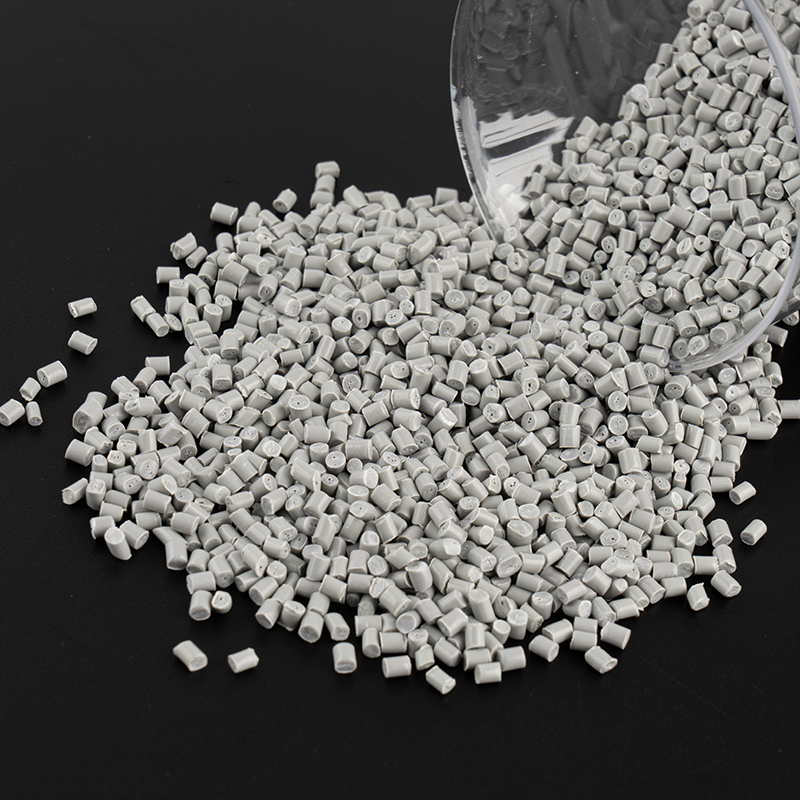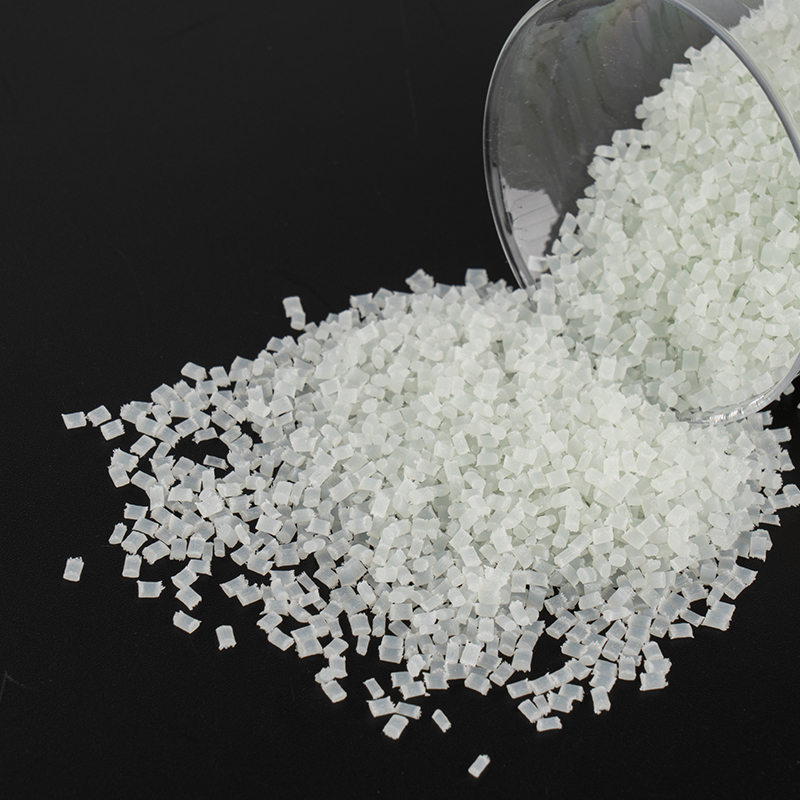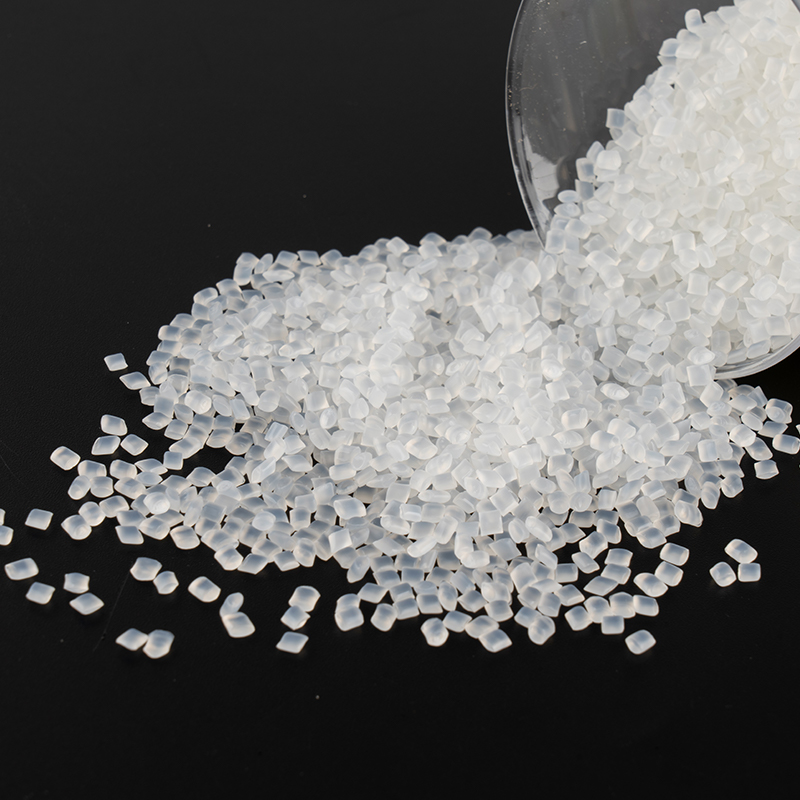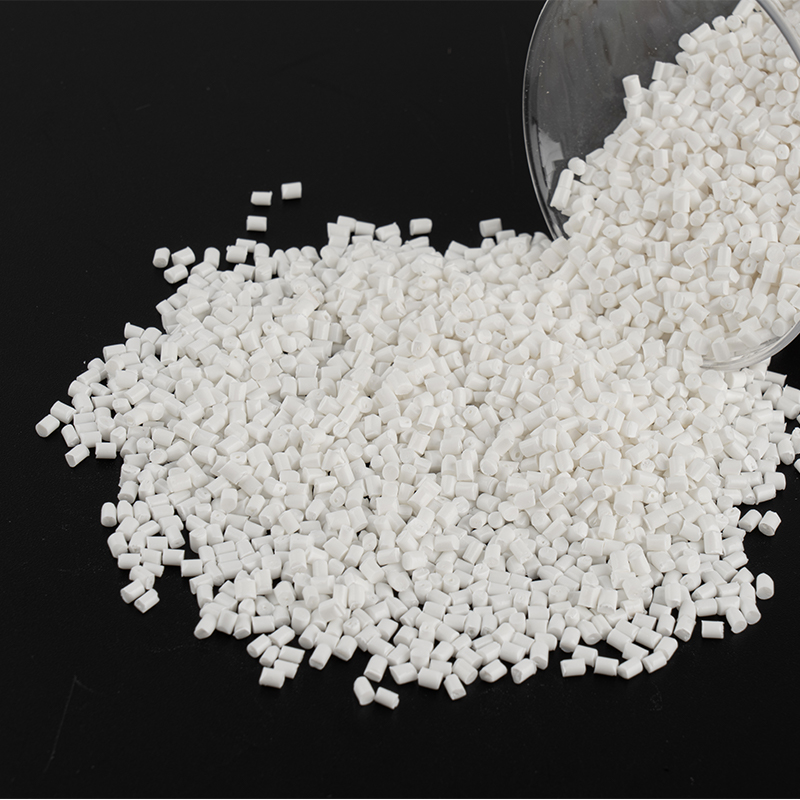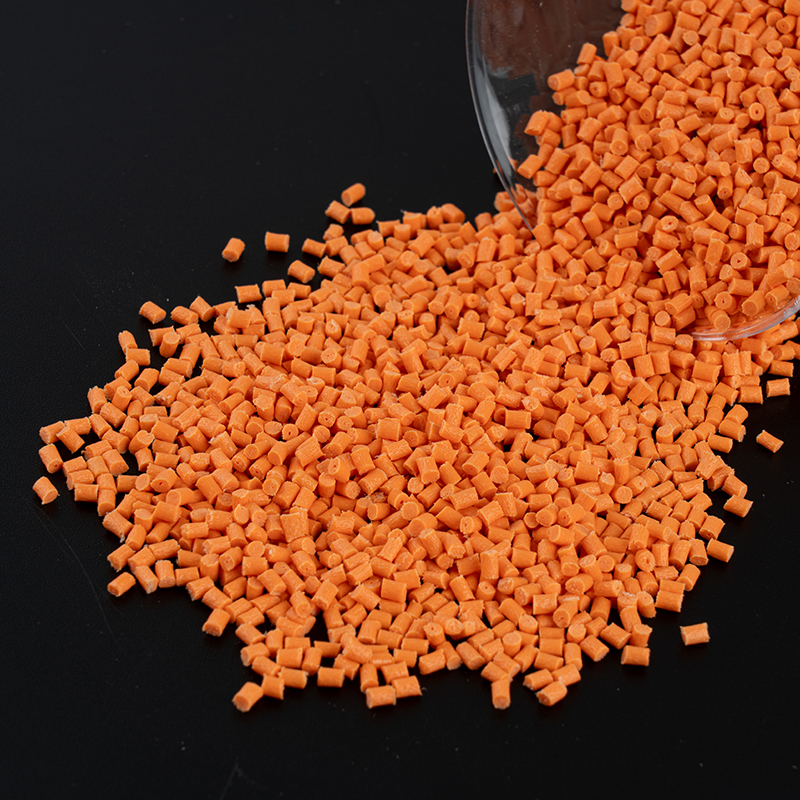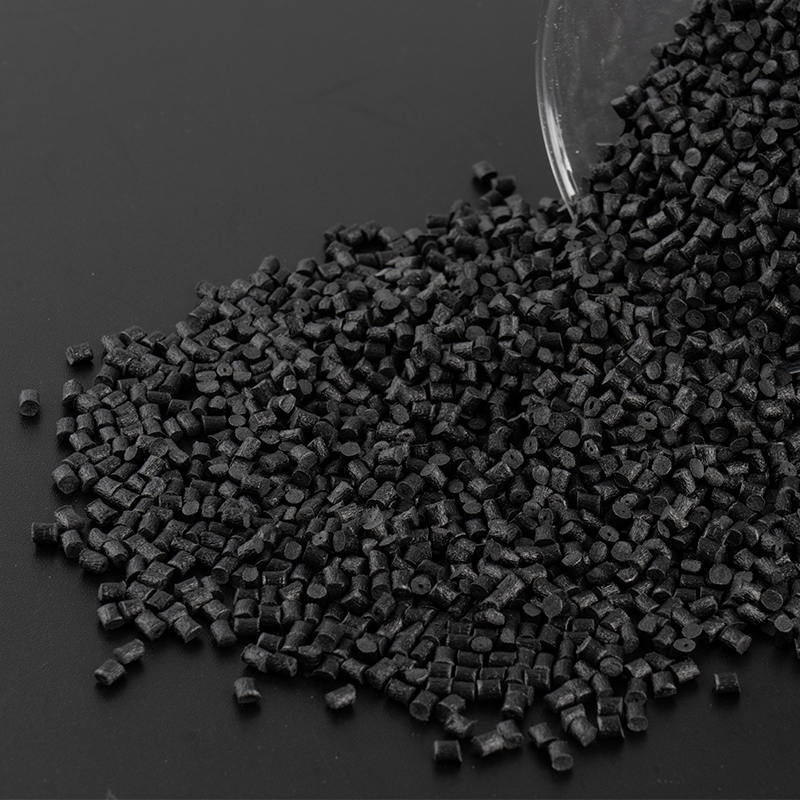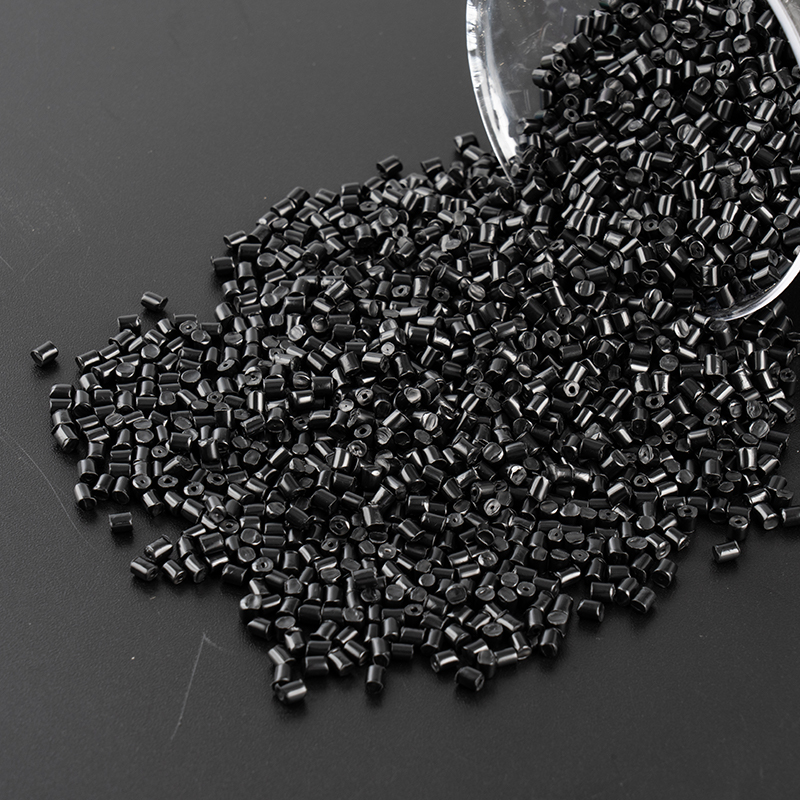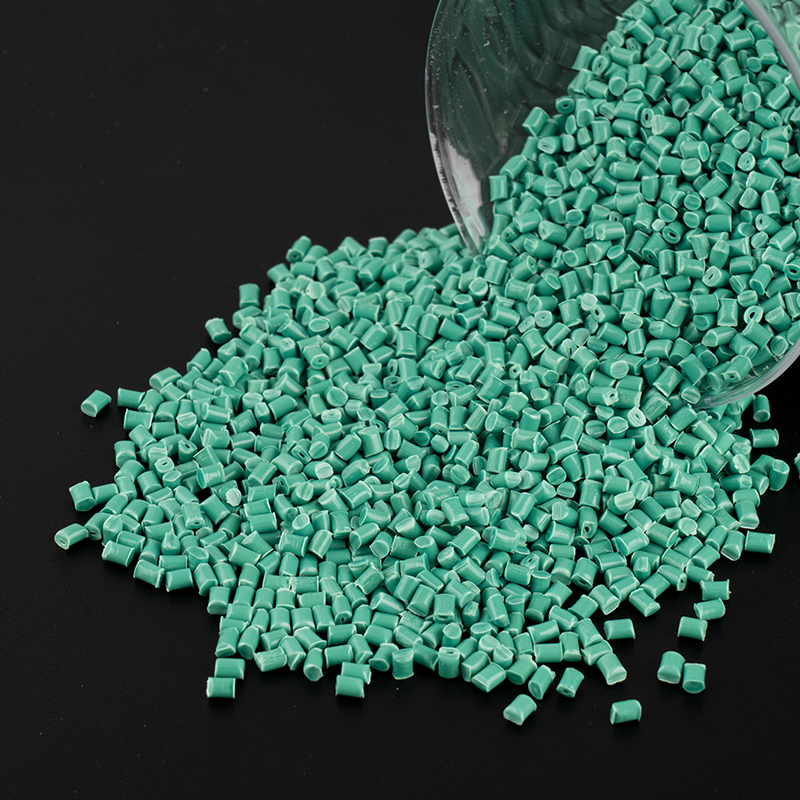With the global energy crisis and increasingly stringent environmental protection requirements, the automotive industry is accelerating its transformation towards green and low-carbon development. As an effective way to improve fuel economy, extend the range of electric vehicles and reduce carbon emissions, lightweighting of automobiles has become an important trend in the development of the industry. In this context, Modified Plastics, with its advantages of light weight, high strength and multifunctionality, has become an ideal choice to replace traditional metal materials and plays an increasingly critical role in automotive structure and component design.
1. Advantages of Modified Plastics in Lightweighting of Automobiles
Traditional automobiles are mainly made of steel materials. Although these materials are strong, they are heavy and complex to shape, which leads to excessive weight of the whole vehicle, thereby increasing fuel consumption and carbon emissions. In contrast, the density of modified plastics is usually only about 1/6 of that of steel. Through glass fiber reinforcement, mineral filling or flame retardant modification and other technologies, the weight can be greatly reduced while maintaining strength and toughness.
Lightweight and high strength: Taking glass fiber reinforced polypropylene (GFPP) as an example, its weight is more than 50% lighter than steel, but its strength can reach or even exceed that of some metal parts.
Corrosion and chemical resistance: Modified plastics do not rust like metals, and can resist corrosion from acids, alkalis, salt spray and various chemical media, reducing the need for protective coatings.
High processing flexibility: Plastics can be formed into complex structural parts through processes such as injection molding, extrusion, and blow molding, reducing the number of parts, realizing the integrated design of "multi-piece integration", and further reducing weight and cost.
Noise reduction and safety: Some modified plastics have good sound insulation and energy absorption properties, which can improve ride comfort and collision safety.
Statistics show that for every 10% reduction in vehicle weight, fuel efficiency can be improved by about 6% to 8%. For new energy vehicles, lightweighting is an important means to directly improve battery life, so modified plastics are being widely used to replace traditional metals in automotive parts.
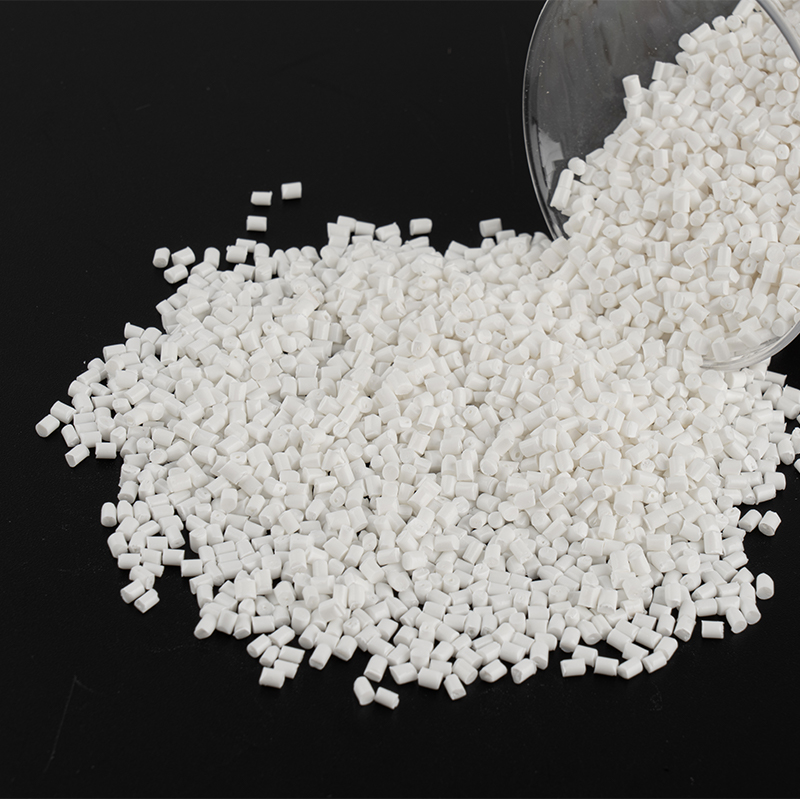
2. Typical application scenarios
Modified plastics have covered multiple fields such as automotive interior and exterior decoration, engine compartment and core components of electric vehicles, and their application scope and depth are constantly expanding.
Interior and structural parts
Interior decoration is the earliest and most mature field of modified plastic application. Modified polypropylene (PP), ABS, polycarbonate (PC) and its alloys are widely used in instrument panels, door panels, seat frames, steering wheels and other parts. These materials can not only achieve complex shapes, but also achieve the texture of high-end finishes through surface treatment, and are about 30%-40% lighter than traditional metal parts.
Appearance parts
Modified PP or PC+ABS materials are widely used in appearance parts such as automobile bumpers, air intake grilles, and rearview mirror housings. These parts require impact resistance, UV aging resistance and high coating adhesion. Modified plastics can meet these requirements by adding anti-UV agents and weather-resistant fillers. Compared with traditional steel plates, plastic bumpers are not easy to dent and can rebound, which helps reduce low-speed collision damage.
Engine compartment parts
The engine compartment has high temperatures and complex oils, and strict requirements on the heat resistance and chemical corrosion resistance of materials. Glass fiber reinforced nylon (PA6/PA66) is widely used in the manufacture of intake manifolds, cooling fans, coolant pumps and oil filter housings due to its excellent high temperature resistance (resistant to 200°C). These applications not only reduce weight, but also simplify processing.
Electric vehicle core components
With the development of new energy vehicles, modified plastics are also used in battery module housings, charging interfaces and lightweight body frames. Flame-retardant PC, reinforced PBT, modified PA66 and other materials can provide excellent flame retardancy, insulation and structural strength, helping battery packs achieve a balance between safety and weight reduction, thereby improving the energy efficiency of the entire vehicle.
3. Future Development Prospects
Green Environmental Protection and Recyclability
In the future, the automotive industry will pay more attention to the recyclability of materials. Modified plastics can be reused through physical recycling, chemical depolymerization and other methods, which will help achieve a circular economy. At the same time, the development of bio-based plastics and degradable modified plastics provides a new green alternative for the automotive industry.
High Performance and Functional Integration
With the application of technologies such as nanofillers, long glass fiber reinforcement, and carbon fiber modification, the mechanical strength and heat resistance of modified plastics will be further improved. Some high-performance plastics (such as PEEK and PPS) are expected to replace more metal structural parts. In the future, modified plastics will not only have structural functions, but also have conductive, antistatic, heat-insulating and even sensing functions to achieve intelligence and multifunctionality.
Driven by Electric Vehicles and Smart Cars
Electric vehicles require lighter bodies to extend their range, and the increase in autonomous driving sensors puts higher requirements on the integrated design of the housing and protective components. Modified plastics can provide higher design freedom for intelligent components through modular molding and integrated manufacturing.
Cost and Process Optimization
With the expansion of production scale and technological progress, the price of modified plastics is expected to fall further. At the same time, the introduction of new technologies such as 3D printing and micro-foam molding will improve processing efficiency and further reduce weight.






